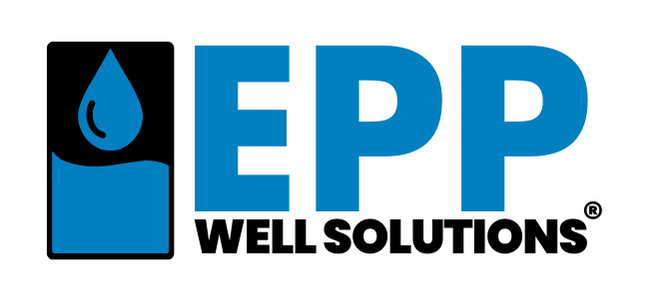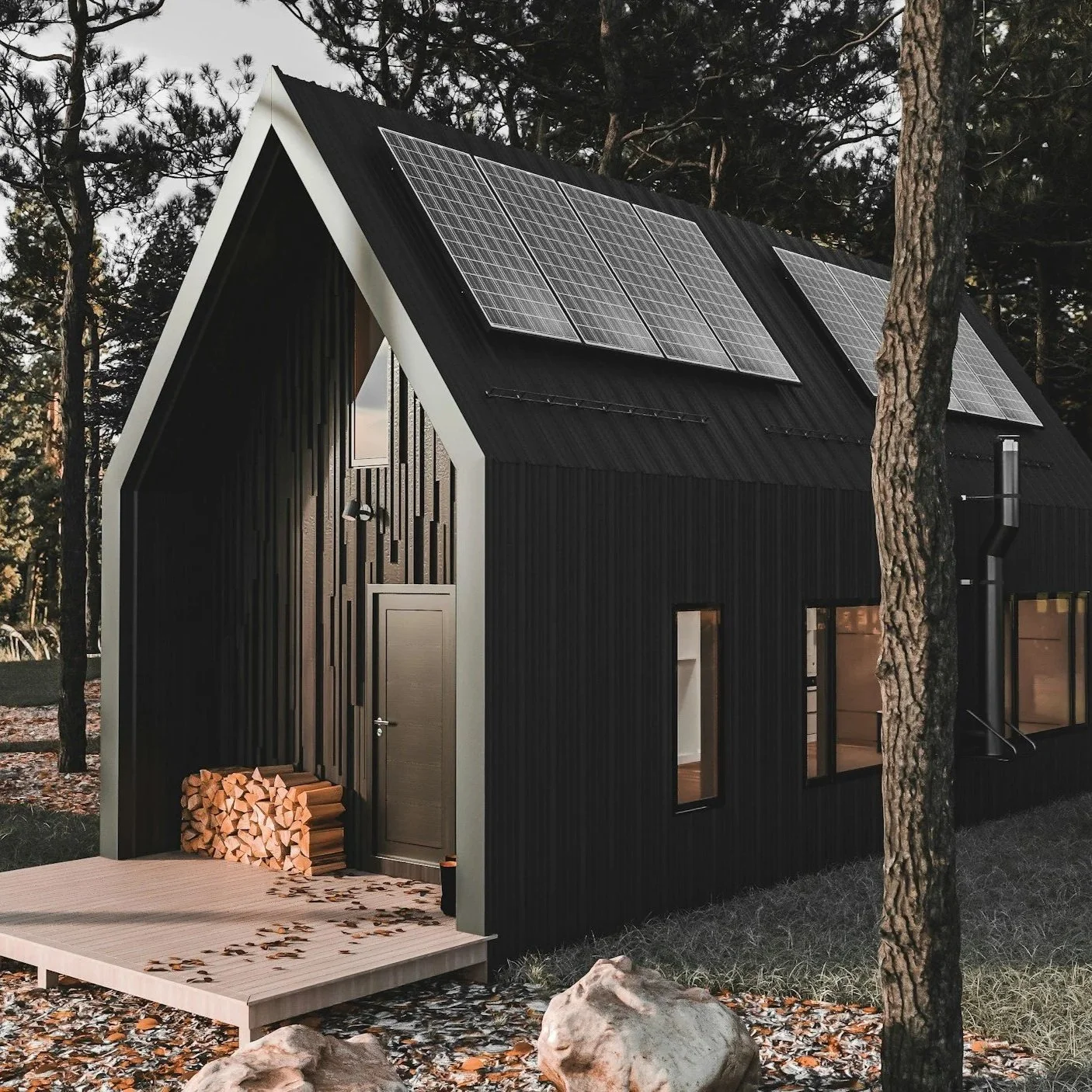Well Water for Tiny Homes: Solutions for Limited Space
The tiny home movement has captured the imagination of those seeking simplicity, sustainability, and freedom from traditional housing constraints. For many tiny homeowners, especially those in rural or off-grid settings, well water is a natural choice for a reliable and independent water supply. However, the limited space of a tiny home—often under 400 square feet—presents unique challenges for managing a well water system. From storage constraints to pump placement, every component must be compact yet efficient to meet daily needs without overwhelming the property.
The Appeal and Challenges of Well Water for Tiny Homes
Tiny homes are designed to optimize every inch of space, prioritizing functionality and efficiency. Well water aligns perfectly with this ethos, offering a sustainable, cost-effective alternative to municipal water or hauled water, especially for off-grid locations. Unlike city water, which incurs monthly bills and relies on external infrastructure, a well provides autonomy, allowing owners to control their water usage and quality. However, the compact nature of tiny homes complicates traditional well water setups, which often require large storage tanks, extensive plumbing, or dedicated utility spaces.
Key challenges include limited room for water storage tanks, restricted areas for wellhead access, and the need for systems that can handle low-yielding wells without consuming valuable space. Additionally, tiny homeowners must balance water demands—such as showers, cooking, and laundry—with the well’s output, which may be as low as a fraction of a gallon per minute (GPM). Over-pumping a well risks depletion, while oversized equipment can clutter the property or home. Fortunately, modern solutions designed for small spaces make well water a viable and efficient option for tiny homes.
Why Space Matters in Well Water Systems
In a typical home, well water systems often include large cisterns or pressure tanks, bulky pumps, and extensive piping, which can occupy significant indoor or outdoor space. For a tiny home, where every square foot is precious, these components are impractical. A standard 500-gallon cistern, for example, might dominate the property, while a full-sized pump house could rival the home’s footprint. Indoor space is equally constrained, with plumbing often integrated into multifunctional areas like kitchens or bathrooms. Any well water solution must be compact, scalable, and easy to maintain to fit the tiny home lifestyle.
Moreover, tiny homeowners often face budget constraints, making costly alternatives like drilling a new well less appealing. The well drilling cost in 2025 can range from $3,000 to $15,000, depending on depth, soil conditions, and location, with no guarantee of improved yield. For those with existing low-yielding wells, space-efficient systems that optimize existing resources are far more practical than expensive modifications. By focusing on compact, modular designs, tiny homeowners can achieve reliable water access without sacrificing space or financial resources.
Space-Saving Solutions for Tiny Home Well Water Systems
Compact Storage Tanks
Storage is a critical component of any well water system, especially for low-yielding wells that can’t produce water fast enough for real-time demand. In tiny homes, traditional large tanks are impractical, but compact storage solutions offer a viable alternative. Slim-profile tanks, designed to fit under decks, against exterior walls, or in narrow utility closets, provide sufficient capacity—often 50 to 200 gallons—without overwhelming the property. These tanks store water drawn slowly from the well, ensuring a reserve for peak usage like showers or dishwashing.
Vertical or stackable tanks are particularly well-suited for tiny homes, maximizing height rather than footprint. Some models integrate with modular systems, allowing owners to add capacity as needed without requiring additional space. By pairing these tanks with low-flow fixtures, such as water-saving showerheads or faucets, tiny homeowners can stretch their stored water further, reducing the strain on the well and minimizing space requirements.
Miniaturized Pumps and Pressure Systems
Pumps are the heart of a well water system, delivering water from the well to the home at consistent pressure. Standard well pumps and pressure tanks, however, can be bulky, often requiring dedicated utility spaces. For tiny homes, miniaturized pumps and compact pressure systems are game-changers. These units, designed for small-scale applications, deliver adequate pressure—typically 40-60 psi—for household needs while fitting into tight spaces like under-sink cabinets or submerged in the tank.
Variable-speed pumps are an excellent choice, as they adjust output based on demand, reducing energy use and wear compared to traditional on-off models. Some compact systems combine the pump and pressure tank into a single unit, further saving space. These solutions ensure reliable water flow without cluttering the tiny home’s interior or exterior, maintaining the clean, minimalist aesthetic that defines the lifestyle.
Integrated Plumbing and Filtration
Plumbing in tiny homes must be efficient, with minimal piping to reduce space demands and water waste. Integrated systems that combine water delivery, storage, and filtration into a single compact unit are ideal. For example, under-sink filtration systems can purify well water without requiring separate tanks or bulky equipment, ensuring clean water for drinking and cooking. These systems often use cartridge filters, which are small, easy to replace, and effective at removing sediments or contaminants common in well water.
To further optimize space, tiny homeowners can use flexible PEX piping, which is easier to install in tight spaces than rigid copper or PVC. Routing pipes through walls or under floors minimizes visual clutter, preserving the home’s open feel. By streamlining plumbing and filtration, owners can maintain a functional water system without sacrificing living space.
Smart Monitoring and Automation
Space constraints in tiny homes make manual water management impractical. Smart monitoring and automation systems allow owners to track well performance and water usage without bulky equipment. Compact sensors, connected to mobile apps or small displays, provide real-time data on water levels, pressure, and pump status, enabling owners to adjust usage based on the well’s capacity. For low-yielding wells, automation can regulate draw rates to prevent over-pumping, ensuring the well remains sustainable.
These systems are typically small, often no larger than a smartphone, and can be mounted in discreet locations. By automating water management, tiny homeowners can focus on their lifestyle rather than constantly monitoring their well, all while keeping equipment compact and unobtrusive.
The Well Harvester
The Well Harvester from Epp Well Solutions is an ideal solution for tiny homes, addressing the challenges of low-yielding wells in limited spaces. This modular water storage system uses advanced automation to adjust water draw based on the well’s production rate, preventing depletion while maximizing supply. Its compact design fits seamlessly into small properties, making it perfect for tiny home owners who need reliable water without bulky equipment. The user-friendly interface provides real-time monitoring, allowing owners to track usage and optimize their system from a small, discreet display.
The Well Harvester’s scalability is a key advantage for tiny homes with evolving needs. Owners can connect additional storage units if water demands increase, such as for gardening or guests, without requiring major modifications. Its low-maintenance operation and efficient design reduce the need for frequent checks, aligning with the low-effort lifestyle of tiny living. By buffering the well’s output, the Well Harvester ensures a steady water supply, even for homes with minimal space, offering a practical alternative to costly well upgrades.
Benefits of Well Water Systems for Tiny Homes
Cost-Effectiveness
Compared to drilling a new well or relying on hauled water, compact well water systems are a budget-friendly option. The high well drilling cost makes upgrading an existing well impractical for many tiny homeowners, especially those on fixed budgets. Modular systems like the Well Harvester optimize low-yielding wells, eliminating the need for expensive modifications while providing reliable water at a fraction of the cost. Low-maintenance designs further reduce long-term expenses, making well water an economical choice.
Sustainability
Well water supports the eco-conscious ethos of tiny living by reducing reliance on external water sources. Compact systems enhance sustainability by managing draw rates to protect the aquifer, ensuring long-term groundwater availability. Pairing these systems with water-saving fixtures and xeriscaping—landscaping with drought-tolerant plants—further minimizes environmental impact, aligning with the tiny home movement’s focus on sustainable living.
Independence
For off-grid tiny homeowners, well water offers unparalleled independence. Unlike municipal water, which requires connection to public infrastructure, or hauled water, which depends on deliveries, a well provides self-sufficiency. Compact systems ensure this independence doesn’t come at the cost of space, delivering reliable water without compromising the minimalist lifestyle.
Flexibility
The modular nature of modern well water systems allows tiny homeowners to adapt to changing needs. Whether adding a small garden, hosting visitors, or relocating the home, owners can scale their system with minimal effort. This flexibility ensures the water supply remains reliable, even as the tiny home lifestyle evolves.
Practical Tips for Tiny Home Well Water Management
To maximize well water efficiency in a tiny home, consider these strategies:
Install Low-Flow Fixtures: Use water-saving showerheads, faucets, and toilets to reduce demand on the well and storage system.
Choose Compact Equipment: Opt for slim tanks, miniaturized pumps, and integrated filtration to save space.
Monitor Usage: Use smart sensors to track water levels and adjust consumption based on well output.
Maintain the Wellhead: Keep the wellhead clear and protected to ensure access and prevent contamination, even in tight spaces.
Conserve Outdoors: Use xeriscaping or drip irrigation for any landscaping to minimize water use.
These practices ensure a reliable water supply while keeping the system compact and manageable.
Well water is a natural fit for tiny homes, offering sustainability, independence, and cost savings for off-grid living. However, the limited space of a tiny home requires innovative, compact solutions to manage low-yielding wells effectively. From slim storage tanks to miniaturized pumps and smart automation, modern systems make well water accessible without overwhelming the property. The Well Harvester from Epp Well Solutions exemplifies these advancements, providing a scalable, low-maintenance solution tailored for small spaces. By adopting space-saving strategies and efficient systems, tiny homeowners can enjoy a reliable water supply that complements their minimalist lifestyle, ensuring every drop counts in their compact world.


